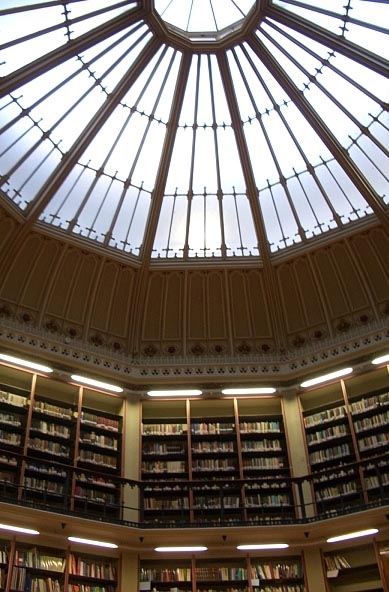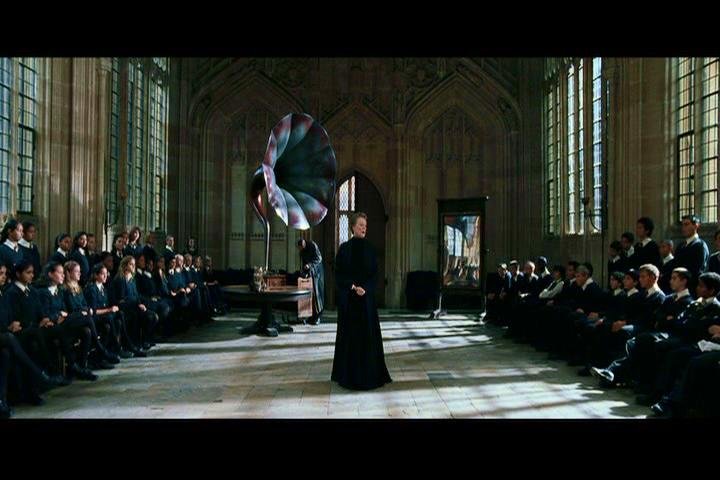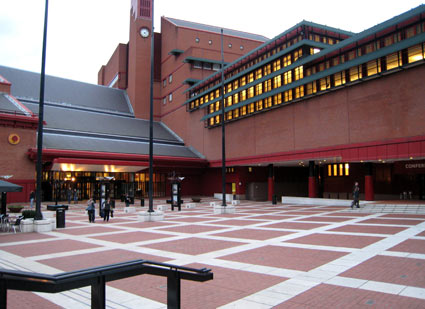Edinburgh! What a fantastic city! Our first visit was to the National Archives of Scotland
(now, National Records of Scotland,) which is an agency of the Scottish Government. This is due to the merger between the National Archives and the General Registrar Office of Scotland. This merger allowed for the National Records of Scotland (NRS) to span six buildings in Edinburgh with over 450 staff. They hold over 72 kms of historical records dating from as far back as the 12th century.
They hold the Scottish registers of births, marriages, and deaths, as well as Scottish census records from 1841 onward.
The NRS building in Edinburgh has six public search rooms and nine different websites. These websites work in connection to provide accurate records of the Scottish people, their clans, and their tartans. The NRS offers their search room for free for two hours most days so that people may come in and research their ancestors using the catalogs and digital archives. Other search rooms are available for booking at other times of the day. During our visit, we were able to see some records that related to Scottish people and America, specifically Mississippi, North Carolina, and Alabama. The records we saw were just a hint of all that the NRS holds. They keep state and parliamentary papers, church records, wills and testaments, family and estate papers, census data, photographs, maps and plans, railway records, court and legal documents, deaths, marriages, and births, and registers of deeds.
One of the most exciting things that I learned about was GLOW, a national program coordinating workshops and conferences between the NRS and other National organizations to connect with classrooms and schools in order to teach more about Scotland and its history. After seeing the program and learning more about it, I was wishing for something similar to come to America. As a teacher, seeing technology connect the NRS in Edinburgh with small schools far away was exciting and the learning opportunities endless. I can only hope that the U.S. decides to implement something similar in our schools.
As someone who is part Scottish, I was thrilled to get my hands on some records and learn more about the great efforts put forth by the government of Scotland and placing importance on the historical documents and records of the Scottish people.














